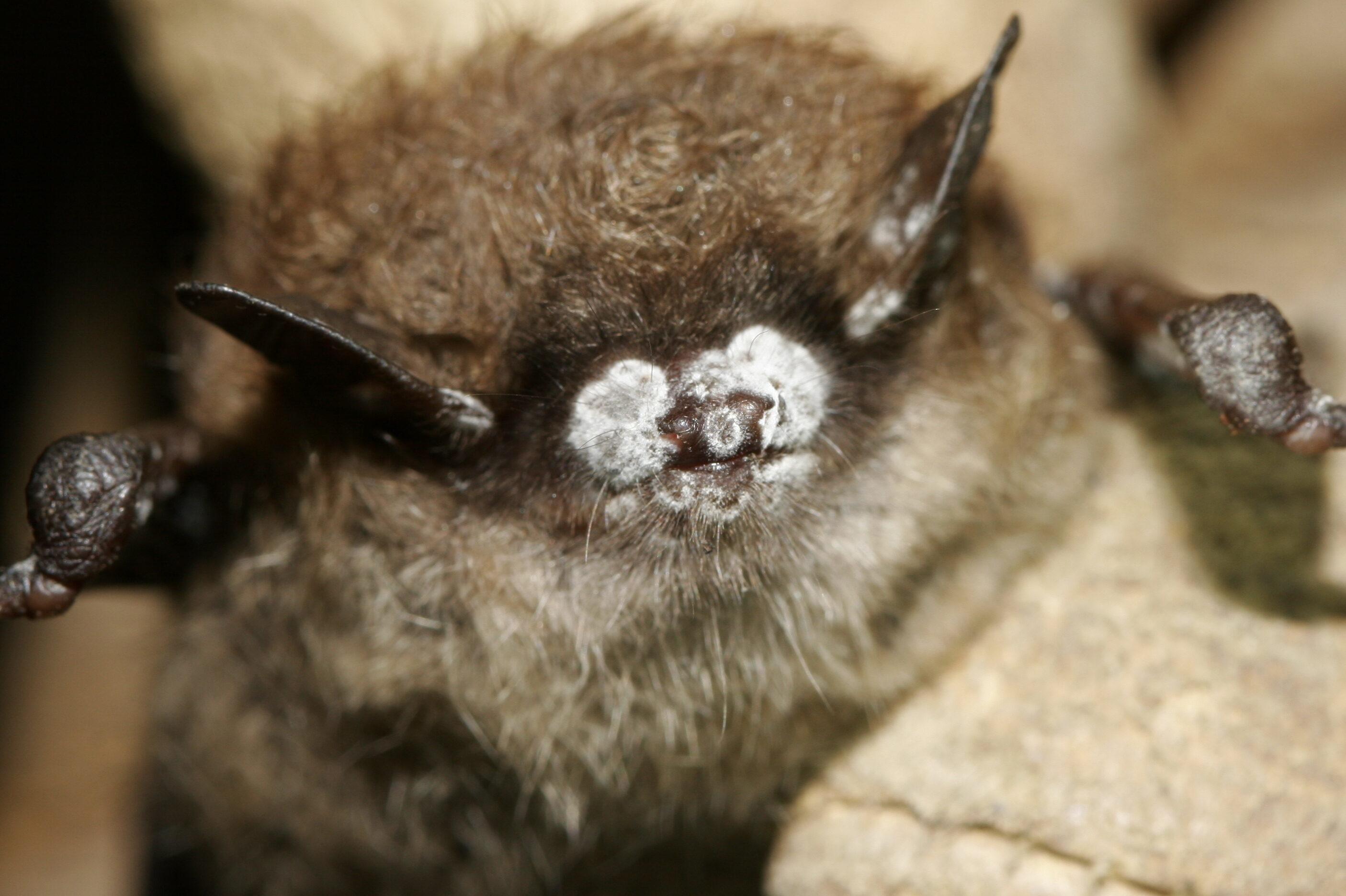
A fungus that causes the deadly white-nose syndrome in bats is now in Colorado.
Researchers have confirmed the presence of Pseudogymnoascus destructans in a bat from Bent's Old Fort near La Junta. The testing came as part of a research project monitoring bats at the national historic site in southeastern Colorado. Of the 25 bats tested, only one came back positive. Four were inconclusive.
The fungus causes white-nose syndrome, which has killed millions of bats in North America. People and other animals cannot be affected by it. According to the White-Nose Syndrome Response Team led by the U.S. Fish and Wildlife Service, the disease causes bats to be more active when they're supposed to be hibernating and in a more inactive state. That means the affected bats burn off fat that's needed to survive the winter months. They also can exhibit strange behavior, like flying outside in the daytime when they're supposed to be hibernating. It can take several years before the fungus leads to white-nose syndrome.
Four other states have the fungus without the presence of white-nose syndrome, though in New Mexico, white-nose syndrome is suspected. The discovery of the fungus in southern Colorado indicates that the development of white-nose syndrome likely will follow, said Bryan Richards with the U.S. Geological Survey's National Wildlife Health Center in Madison, WI said.
"The fungus is a causative agent," said Richards. "There's a high degree of likelihood that the discovery of (the fungus) will lead to full-blown white-nose syndrome."
Richards said it usually takes two to three years before that happens, though it could happen sooner.
According to state wildlife officials, 19 bat species are native to Colorado. At least 13 may be susceptible to white-nose syndrome.
Editor's Note: This post has been updated to correct the spelling of the name of the fungus.









